SUMMARY
This is AI generated summarization, which may have errors. For context, always refer to the full article.

MANILA, Philippines – The queen of pop is coming to the Philippines.
Filipinos are finally going to see Madonna in February 2016. Fans from neighboring countries are also expected to come as the country is, so far, the only Asian country included in the tour list. (READ: Confirmed: Madonna is coming to Manila)
But watching her perform comes with a very hefty price.
The cheapest ticket to the Rebel Heart tour is the General Admissions ticket. Priced at P3,150 ($68)*, ticketholders will be at the far end of the Mall of Asia Arena.
The Super VIP (SVIP) ticket is the most expensive at P57,750 ($1,272). Possibly reserved for the artist’s biggest – or richest – fan, this is the closest one can get to the stage.
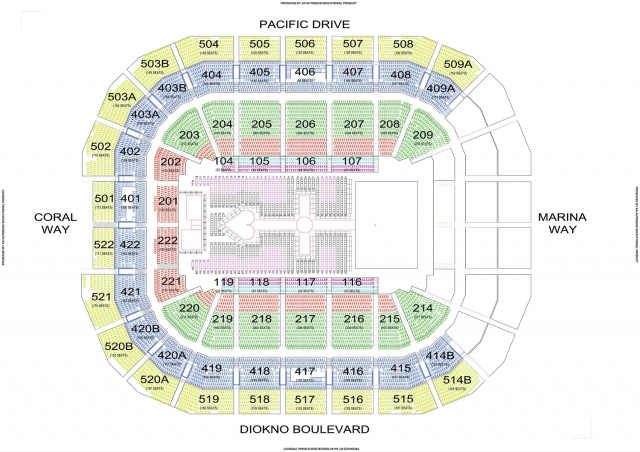
Netizens have been speculating that the Madonna concert is probably the most expensive yet in the Philippines, while some say it’s going to be worth it.
Regardless the fulfilment of seeing her live, it cannot be denied that ticket prices are beyond the reach of the average Filipino.
The hefty sum, however, can already cover a lot of things – especially basic social services for the underprivileged.
Check out Rappler’s infographic on how the price of a Madonna SVIP ticket can have an impact on Filipinos suffering from poverty, hunger, and malnutrition:
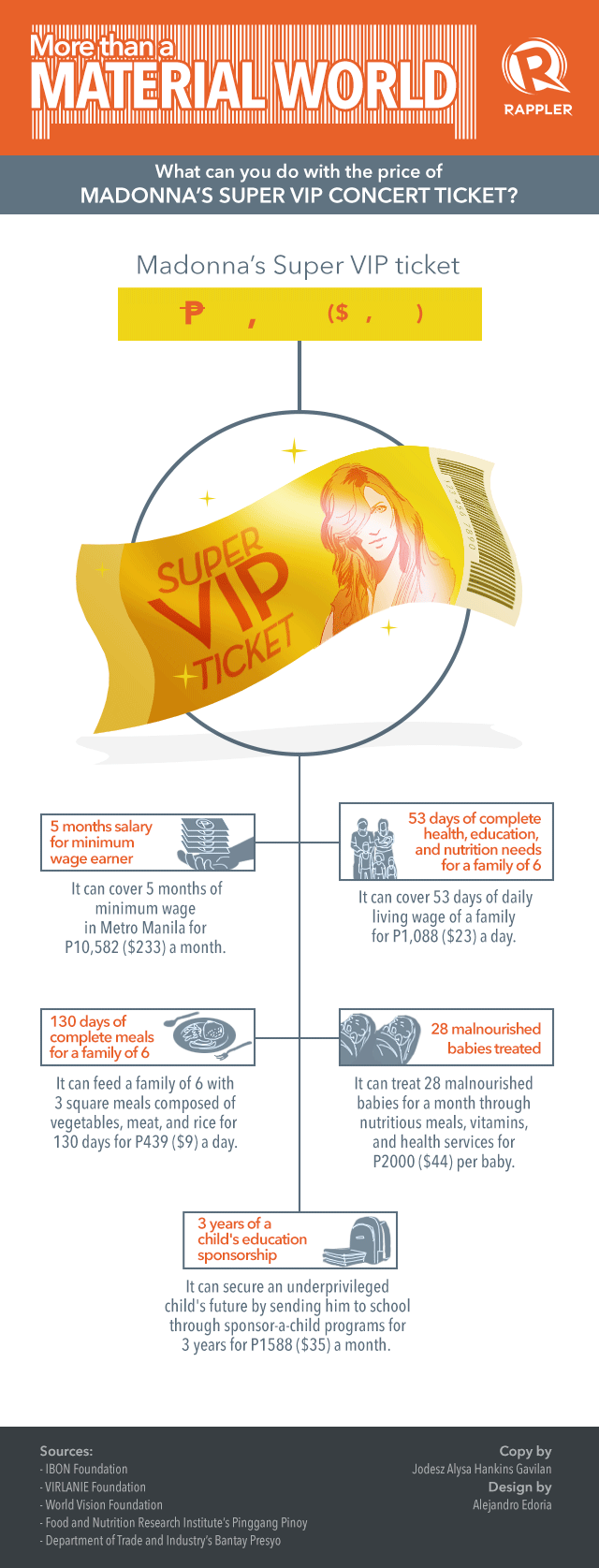
1. The price of an SVIP ticket is equivalent to the 5-month salary of a minimum wage earner in Metro Manila.
A minimum wage earner takes home P481 ($11) each day or at least P10,500 ($235) a month.
2. An average Filipino family’s basic necessities can be covered for 53 days.
According to IBON Foundation, a family of 6 needs a minimum, daily living wage of P1,088 ($233). This amount covers the required necessities related to health, education, and food to survive a day.
3. An average Filipino family can eat complete and nutritious meals for 130 days.
The Pinggang Pinoy of the Food and Nutrition Research Institute (FNRI) suggests that for a meal to be nutritious, it has to include the right type and proportion of meals. (READ: What a ‘Pinggang Pinoy’ should look like)
When calculated, a family should allocate P439 ($9.78) in their daily budget to adapt the daily meal guide of the FNRI. However, due to increasing prices of food products, more Filipinos are eating less.
The latest Family Income and Expenditure Survey (FIES) shows that each Filipino household allots 42.8% of its monthly salary to food. Due to a low salary, a minimum wage earner can only allot P148 ($3.30) to his household’s daily meals or P4,444 ($99) a month. (READ: Is the minimum wage enough for a day’s worth of nutritious meals?)
If you divide P57,750 by P439, a family can already eat for 130 days or a little over 4 months.
4. A total of 28 malnourished babies can be nursed back to health.
According to the latest National Nutrition Survey, 19.9% of Filipino children aged 0 to 6 years old are malnourished. The existence of malnutrition – or undernourishment – is a risk to the Philippines as this can hinder a child’s cognitive and physical development. This can also prevent a child from achieving his maximum potential, thus adversely affecting his future. (READ: Malnutrition, the Pied Piper and the lost children)
To end this, a child – especially during the first 1,000 days of his life – should be well taken care of. He should be given the right nutrients to help improve bodily functions.
The Virlanie Foundation’s #HelpOurBabies campaign seeks donations to help nurture toddlers under their care. For a donation of P2,000 ($44), a child can already be fed and given vitamins – including proper healthcare – for a month.
If you divide P57,750 by P2,000, you can already help 28 babies for a month.
5. A child can be sent to school and his needs covered for 3 years through several foundations’ sponsor-a-child programs.
The final Millennium Development Goals (MDG) report says that literacy went up but 57 million children are still out of school. In the Philippines, there are an estimated over a million out-of-school children.
These numbers may be improving compared to the nearly 3 million in 2008 but the fact still exists: A child who is supposed to be at school is either roaming the streets or already working.
Several foundations and civil society organizations have been working hard to change this. They have programs that cater to providing underprivileged children access not just to education but also other necessities such as health and nutrition.
One of this is World Vision Philippines’ sponsor-a-child program. For a donation of P1,588 ($35) a month, a child can be given the means to go to school without worrying about food and other necessities. – Rappler.com
*$1 = P44
Add a comment
How does this make you feel?
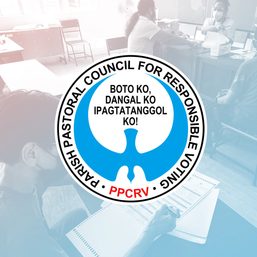



![[PODCAST] Beyond the Stories: Ang milyon-milyong kontrata ng F2 Logistics mula sa Comelec](https://www.rappler.com/tachyon/2021/11/newsbreak-beyond-the-stories-square-with-topic-comelec.jpg?resize=257%2C257&crop_strategy=attention)
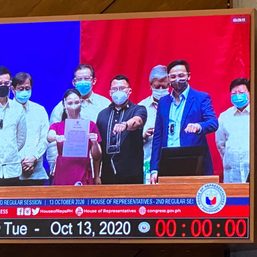
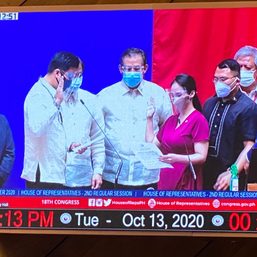

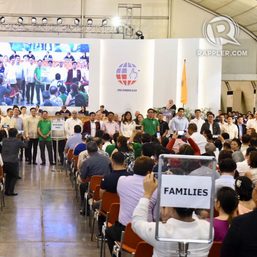
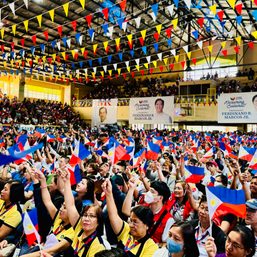
![[EDITORIAL] Ang low-intensity warfare ni Marcos kung saan attack dog na ang First Lady](https://www.rappler.com/tachyon/2024/04/animated-liza-marcos-sara-duterte-feud-carousel.jpg?resize=257%2C257&crop=294px%2C0px%2C720px%2C720px)
![[Free to disagree] How to be a cult leader or a demagogue president](https://www.rappler.com/tachyon/2024/04/TL-free-to-disagree.jpg?resize=257%2C257&crop_strategy=attention)
![[OPINION] Can Marcos survive a voters’ revolt in 2025?](https://www.rappler.com/tachyon/2024/04/tl-voters-revolt-04042024.jpg?resize=257%2C257&crop=251px%2C0px%2C720px%2C720px)
![[Edgewise] Quo vadis, Quiboloy?](https://www.rappler.com/tachyon/2024/03/quo-vadis-quiboloy-march-21-2024.jpg?resize=257%2C257&crop_strategy=attention)
There are no comments yet. Add your comment to start the conversation.